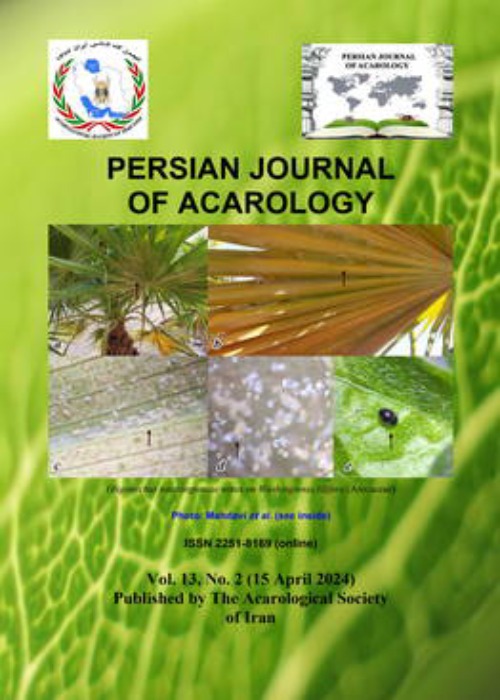Histopathological aspects in ripe fruits of Tahiti lime Citrus citrus x latifolia (Rutaceae) affected by phytophagous mites
This study describes in detail the anatomical and histochemical aspects of the phytophagous mites-Tahiti lime pathosystem. More than 300 healthy pieces of fruit affected by these mites were collected from agricultural crops in the province of Santander-Colombia. Identification of the mites associated with the lesions observed was conducted via specialized literature and consultations with expert taxonomists of this group. The pericarps were processed according to standard protocols for embedding and sectioning in paraffin, and the sections obtained were stained with Safranin-Alcian Blue, Fast Blue B, Floroglucinol, Lacmoid, and PAS-Amido Black. Additional sections were processed in resin and stained with Toluidine Blue. For observation under scanning electron microscopy (SEM), the material was fixed and dehydrated in 2,2-dimethoxypropane, then in critical point dried and coated with gold. The surface of healthy fruit was smooth, with a bright, intense green color and stomata. The exocarp is composed of various cell layers; the outermost being the epidermal tissue, which is formed of a single layer of cells covered by a thick cuticle. The remaining layers consist of photosynthetic and reserve parenchyma with abundant starch grains. The fruit affected by the three mites showed deterioration of the exocarpal layers varying according to the severity of the attack and the species of mite responsible. In general, there were fissures and/or cracks on the surface of the fruit in addition to structures such as circular whitish spots in the case of Schizotetranychus hindustanicus. The affected tissues tested positive for polyphenols and lignin, but not for callose. The primary walls were positive for PAS-Amidoblack but no proteins or starch granules were detected. Likewise, staining with Toluidine Blue indicated the presence of primary wall components, lignin, and polyphenols. Phytophagous mite attack affects mainly the exocarpal layers. The histopathological response of the plant to the attack of these mites is similar among the three, and results in the formation of periderm, lignin deposits, and polyphenols in the affected tissues. Greater severity of tissue damage was observed in the case of attack by Polyphagotarsonemus latus.
- حق عضویت دریافتی صرف حمایت از نشریات عضو و نگهداری، تکمیل و توسعه مگیران میشود.
- پرداخت حق اشتراک و دانلود مقالات اجازه بازنشر آن در سایر رسانههای چاپی و دیجیتال را به کاربر نمیدهد.


